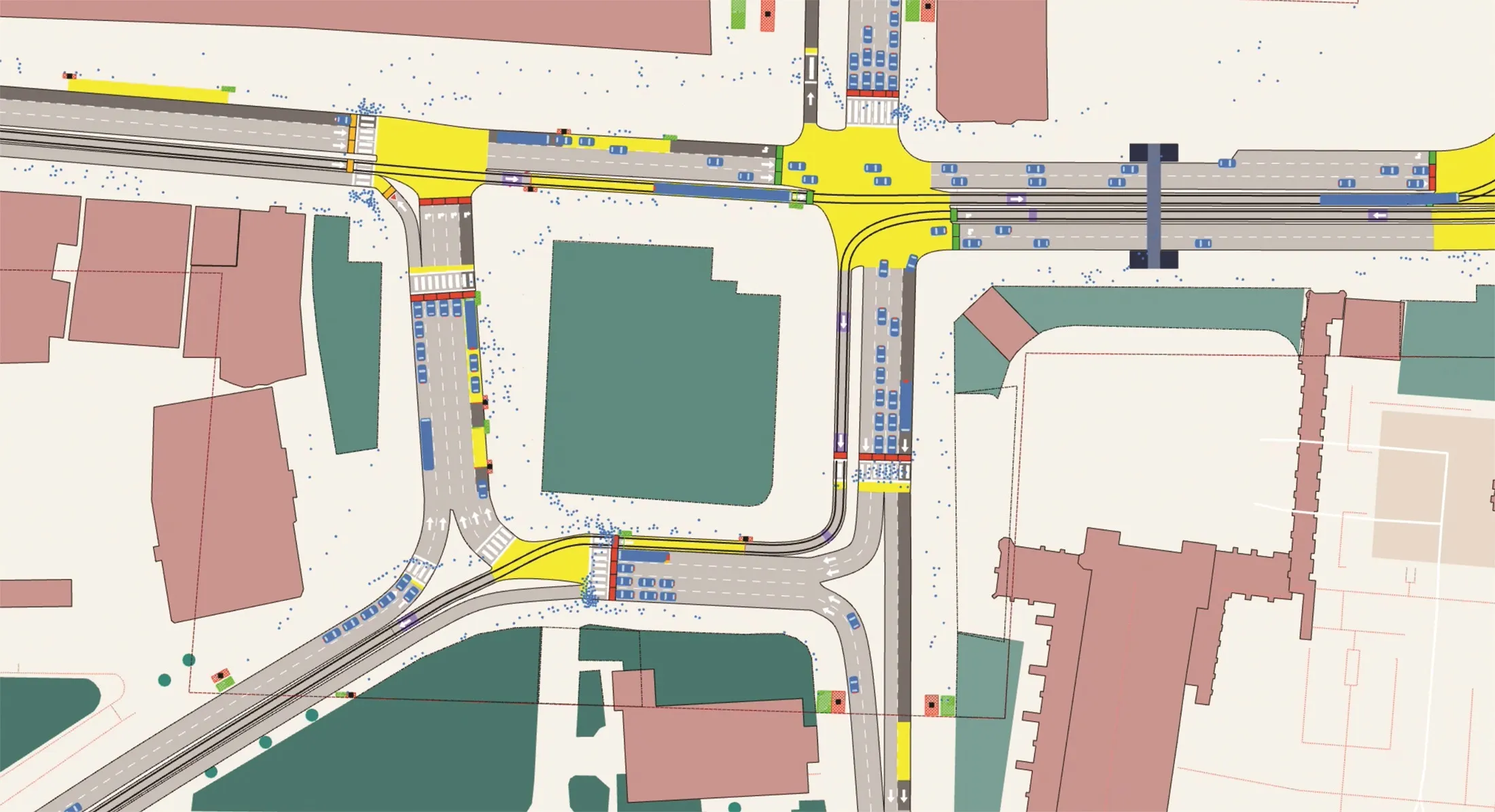New tooling offered by 5G could help lower casualty rates on Dutch roads, says the ministry of infrastructure and water management in the Netherlands
This is one of the main messages at 5G and mobility – a match made in heaven? at the ITS European Congress in Eindhoven, Netherlands.
Caspar de Jonge, directorate-general for mobility and transport, said: “We have seen our casualty rate climbing over the last few years to 650 fatalities to Dutch roads every year and that’s unacceptable.”
However, Jonge claimed that the mobility sector is not going to make the “rather large-scale investment in 5G completely sustainable”.
“There’s a lot of uncertainty in the sector and different business cases,” he continued. “So we need a stack of different sectors outside of the mobility and traffic sector, but we can add to that and certainly use it to our advantage.”
5G ‘could help reduce fatalities’ on Dutch roads
New tooling offered by 5G could help lower casualty rates on Dutch roads, says the ministry of infrastructure and water management in the Netherlands
This is one of the main messages at 5G and mobility – a match made in heaven? at the ITS European Congress in Eindhoven, Netherlands.
Caspar de Jonge, directorate-general for mobility and transport, said: “We have seen our casualty rate climbing over the last few years to 650 fatalities to Dutch roads every year and that’s unacceptable.”
However, Jong
June 6, 2019
Read time: 2 mins










